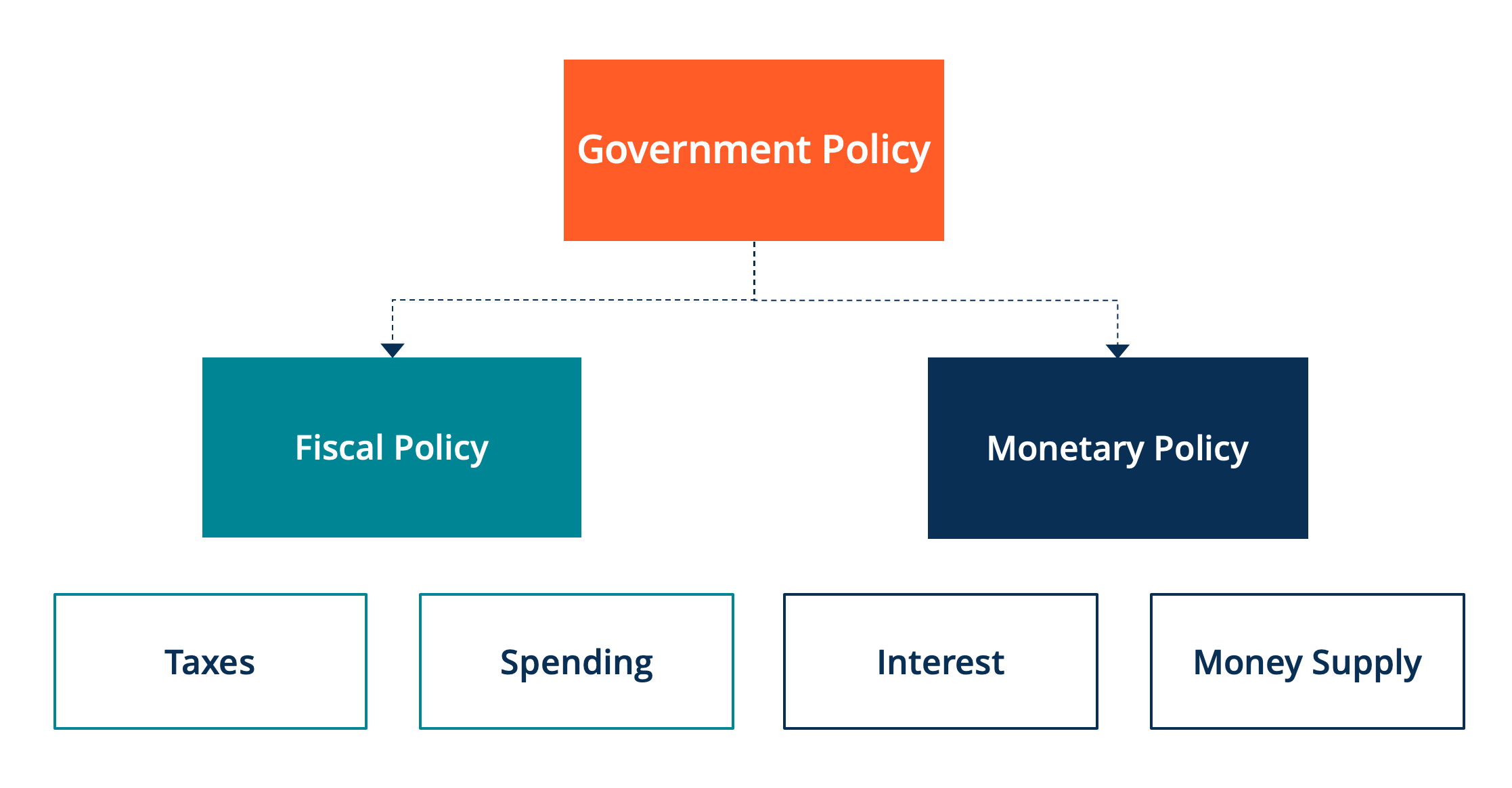Navigating the Fiscal Labyrinth: Types and Consequences
Imagine a government struggling to balance its financial books. The nation’s economy is reeling from the after-effects of an economic storm, leaving gaping holes in the budget. Desperate for solutions, policymakers huddle, poring over spreadsheets and contemplating their next move. Enter fiscal policy, a powerful tool in the government’s arsenal, capable of steering the economy toward calmer waters or sending it careening further into choppiness.

Image: nick-has-dalton.blogspot.com
Fiscal policy, in its essence, is the intentional use of government spending and taxation to influence macroeconomic conditions such as unemployment, inflation, and economic growth. Like a skilled conductor orchestrating an economic symphony, policymakers adjust these fiscal levers to fine-tune the nation’s financial health.
Types of Fiscal Policy
Within the vast realm of fiscal policy lie two distinct types, each with its unique role in shaping the economy:
Expansionary Fiscal Policy: When economic seas are turbulent and the winds of recession howl, governments resort to expansionary measures. They boost spending or reduce taxes, injecting more cash into the system. This increased spending bolsters aggregate demand, the collective spending of households, businesses, and the government. As businesses respond to the rising demand, they hire more workers and increase production, ultimately lowering unemployment and kick-starting economic growth.
Contractionary Fiscal Policy: On the other hand, when the economy overheats and inflation threatens to spiral out of control, governments apply contractionary measures. They tighten their belts by reducing spending or raising taxes, effectively draining excess money from the system. This decrease in demand slows down the rapid economic pace, cooling inflationary pressures and preventing the economy from overheating.
Real-World Applications
The annals of history brim with examples of fiscal policy in action. During the Great Depression, governments across the globe implemented expansionary policies to fight mass unemployment. The American New Deal under President Franklin D. Roosevelt, for instance, saw vast infrastructure projects, such as dams and roads, stimulating economic growth.
In contrast, the United Kingdom embarked on a contractionary fiscal path in the early 1980s to curb rampant inflation. Prime Minister Margaret Thatcher’s policies slashed government spending and raised taxes, bringing the soaring inflation rate under control.
Fiscal Policy in Practice
To truly understand fiscal policy’s potency, let’s examine a concrete example:
Suppose a government, concerned about lingering unemployment rates hovering at 9%, embraces expansionary policy. It increases spending on public works, such as road repairs, school renovations, and park upgrades. The influx of government contracts brings business to construction companies, sparking job creation. As newly hired workers spend their paychecks on goods and services, local economies flourish. The ripple effect of increased demand ultimately boosts overall economic growth, leading to more hiring and a decline in unemployment.
Image: www.bingapis.com
Which Of The Following Is An Example Of Fiscal Policy
Conclusion
As we unravel the complexities of fiscal policy, we gain invaluable insights into the government’s delicate game of economic stewardship. Whether injecting stimulus during a downturn or taming inflation during an economic boom, fiscal policy is a catalyst, shaping the course of our economic destinies. A clear comprehension of its instruments empowers us to grasp the complex maneuvers policymakers employ to guide our collective economic welfare. In the intricate symphony of economic policymaking, fiscal policy remains a maestro, its baton orchestrating the nation’s fiscal dance.